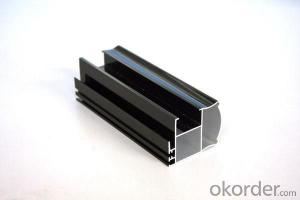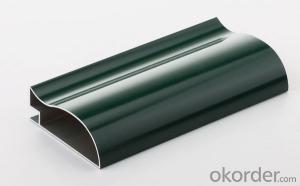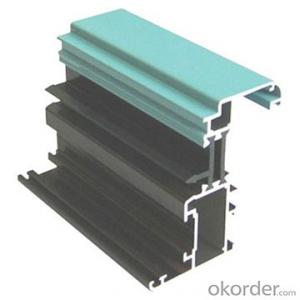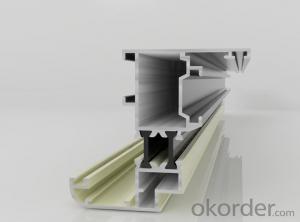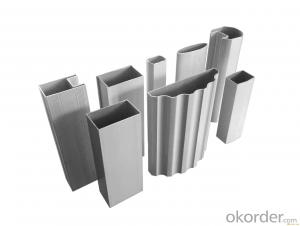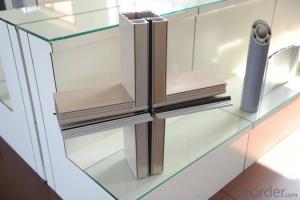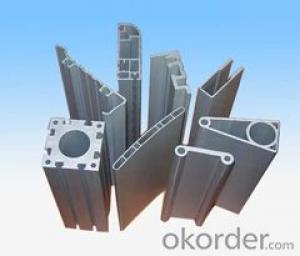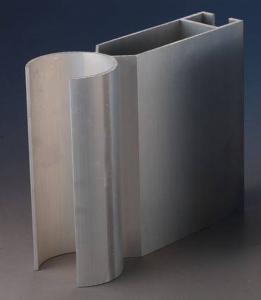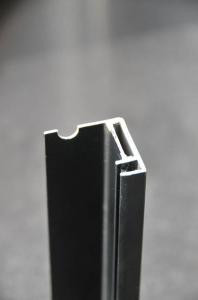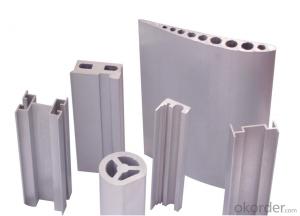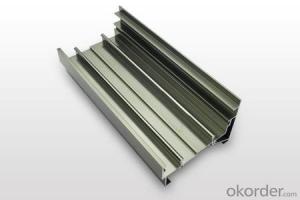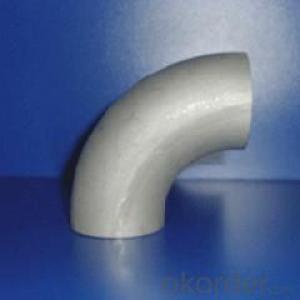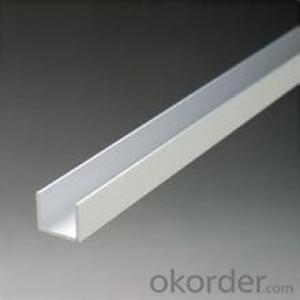Aluminum Heatsink Extrusion Profiles for Windows and Doors Hot Selling Products
- Loading Port:
- Shanghai
- Payment Terms:
- TT OR LC
- Min Order Qty:
- 5 m.t.
- Supply Capability:
- 1000 m.t./month
OKorder Service Pledge
OKorder Financial Service
You Might Also Like
Specification
1. Specification of Aluminum Profile for Windows And Doors Hot Selling Products
Alloy | State | Tensile Strength δbMpa | Non-proportional Stretching Stress(δp0.2Mpa) | Stretching rate (δ%) | Pattern Thickness (mm) | HV | HW |
No Less Than | |||||||
6061 | T4/T6 | 180/265 | 110/245 | 16/8 | - | - | - |
6063 | T5/T6 | 160/205 | 110/180 | 8/8 | 0.8/- | 58/- | 8/- |
6063A | T5/T6 | 200,190/230,220 | 160,150/190,180 | 5,5/5,4 | 0.8,0.8/-,- | 65,65/-,- | 10,10/-,- |
2. Application of Aluminum Profile for Windows And Doors Hot Selling Products
wall cladding, ceilings, bathrooms, kitchens and balconies, shutters, doors,windows…
3. Feature of Aluminum Profile for Windows And Doors Hot Selling Products
Surface Quality :
Be free from Oil Stain, Dent, Inclusion, Scratches, Stain, Oxide Decoration, Breaks, Corrosion, Roll Marks, Dirt Streaks and other defect which will interfere with use,
Mochenical Property:
Chemical Composite and Mechanical Property
4. Certificate:
SGS and ROHS(if client request, paid by client), MTC(plant provided), Certificate of Origin(FORM A, FORM E, CO), Bureau Veritas and SGS (if client request, paid by client), CIQS certificate
5. Image of Aluminum Profile for Windows And Doors Hot Selling Products
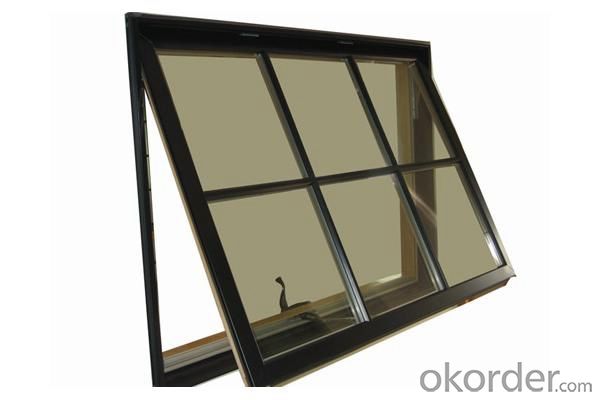
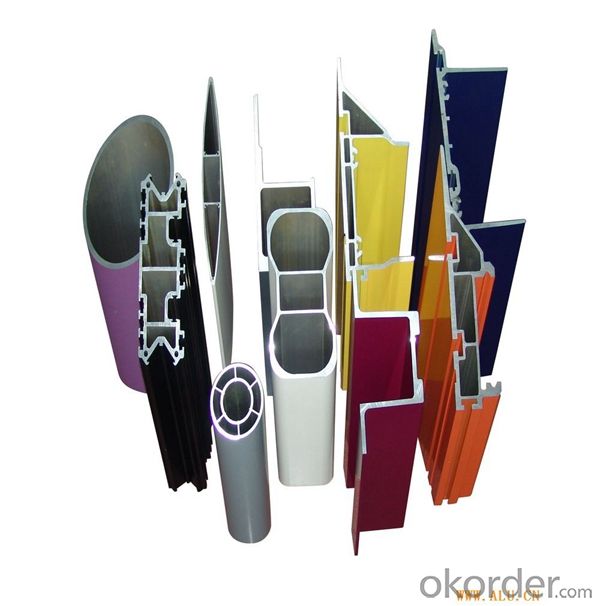
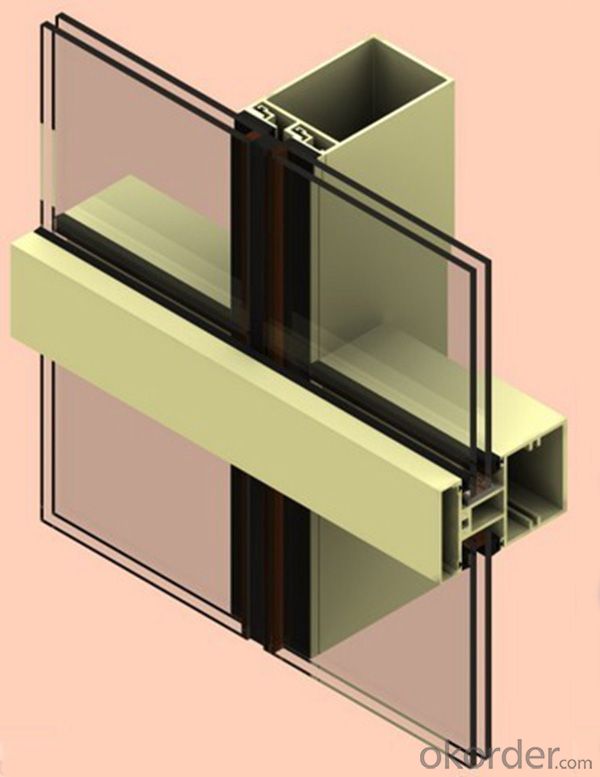
6. Package and shipping of Aluminum Extrusion Profile for Curtain Wall Made in China
First, plastic cloth with drying agent inside; Second, Pearl Wool; Third, wooden cases with dry agent, fumigation wooden pallets, aluminum surface could cover blue PVC film
7. FAQ
Question 1: What is your MOQ?
We accept one ton per type for an order. But the detail we could negotiate.
Question 2: What is your normal terms of payment?
We always trade with you by T/T. But we also accept the L/C as you require.
Question 3: How many kinds of the surface treatment we can choose?
You could choose different color of powder coated. Anodized of black. matte silver, nature, champagne, bronze color. Mill finished. Wooden finished and printed.etc.
Question 4: Can you supply OEM services?
We offer OEM services for 17 years.
Question 5: How many days for opening the mould?
Normally about 10 days.According to the difficulty of your drawing.
Question 6: Can i choose the package what i want?
Yes, of course. We offer various kinds of package.e.g.PE foam. Shrink film. Wrapping paper.
But we would give you professional suggestion of package.
- Q: It is now the most urban rail trains, as well as the manufacturing methods and processes of large parts profiles used in the manufacture of CRH3 type emus.
- According to the technical requirements of the components, the process is as follows: aluminum ingot - Dissolution alloy ratio - into rod material - extrusion forming - aging - surface treatment - cut by component size - finished product!
- Q: Can aluminum profiles be used for solar panel installations?
- Yes, aluminum profiles can be used for solar panel installations. Aluminum is a commonly used material in the construction industry due to its lightweight, durability, and resistance to corrosion. These characteristics make it an ideal choice for supporting and mounting solar panels. Aluminum profiles can be easily fabricated and customized to fit specific installation requirements, such as roof or ground mounting systems. Moreover, aluminum has excellent thermal conductivity, allowing for efficient heat dissipation from the solar panels, which is crucial for maintaining their performance and lifespan. Additionally, aluminum profiles are often used for framing solar panels, providing structural support and ensuring their stability in various weather conditions. Overall, aluminum profiles are a popular choice for solar panel installations due to their strength, longevity, and adaptability.
- Q: What are the different shapes and profiles available for aluminum profiles?
- There are various shapes and profiles available for aluminum profiles, including but not limited to T-shape, L-shape, square, rectangular, round, and oval. These profiles can have different dimensions and thicknesses to suit specific applications and design requirements.
- Q: What is aluminum profile?
- Aluminum is the aluminum bar through hot melt, extrusion, so as to obtain different cross-section of aluminum. The production process of aluminum profile mainly includes three processes: casting, extrusion and coloring. Among them, the color mainly includes: oxidation, electrophoresis coating, fluorine carbon spraying, powder spraying, grain transfer and other processes.
- Q: This question asks if aluminum profiles can be utilized in the construction of roofing systems.
- <p>Yes, aluminum profiles can be used for roofing systems. They are popular due to their lightweight, corrosion resistance, and durability. Aluminum profiles offer flexibility in design and can be easily shaped and installed. They are also sustainable as they can be recycled, reducing environmental impact. Additionally, aluminum profiles provide excellent resistance to harsh weather conditions, making them suitable for various roofing applications.</p>
- Q: What are the different sizes and dimensions of aluminum profiles?
- The different sizes and dimensions of aluminum profiles can vary greatly depending on the specific application and manufacturer. They can range from small, narrow profiles with dimensions of a few millimeters to larger, wider profiles with dimensions of several inches or more. The length of the profiles can also vary, typically ranging from a few feet to several meters.
- Q: Is it possible to recycle aluminum profiles through the current recycling systems in place?
- <p>Yes, aluminum profiles can be recycled using existing recycling programs. Aluminum is one of the most recycled materials globally due to its non-toxic nature and the energy efficiency of recycling it. Most recycling programs accept aluminum, and aluminum profiles can be collected, sorted, and processed to be melted down and reused in new products. It's important to check with local recycling facilities to understand their specific guidelines and requirements for recycling aluminum profiles.</p>
- Q: Can aluminum profiles be used for staircase handrails?
- Yes, aluminum profiles can be used for staircase handrails. Aluminum is a popular choice for handrails due to its durability, lightweight nature, and corrosion-resistant properties. It can be easily shaped into various designs and provides a sleek and modern look to staircases. Additionally, aluminum profiles can be customized to meet specific design and safety requirements, making them suitable for staircase handrails.
- Q: Are aluminum profiles suitable for playground equipment?
- Playground equipment can be made from aluminum profiles, which are lightweight and durable materials commonly used in many industries, including playground equipment manufacturing. These profiles are known for their strength and resistance to corrosion, making them perfect for outdoor use. They provide stability and can handle the weight and forces exerted during play. In addition, aluminum is non-toxic and does not rust, ensuring the safety and longevity of the equipment. The versatility of aluminum allows for the creation of various shapes and designs, offering endless possibilities for innovative and attractive playground structures. In summary, aluminum profiles are an ideal choice for playground equipment due to their strength, durability, and safety features.
- Q: Are aluminum profiles suitable for use in the construction of high-rise buildings?
- <p>Yes, aluminum profiles can be used in high-rise buildings. They are known for their high strength-to-weight ratio, which makes them ideal for structural applications where weight is a concern. Aluminum profiles are also resistant to corrosion and can withstand harsh weather conditions, making them a popular choice for exterior applications. Additionally, their recyclability and sustainability make them an environmentally friendly option. However, it's important to ensure that the aluminum profiles meet the specific load-bearing requirements and safety standards for high-rise construction.</p>
Send your message to us
Aluminum Heatsink Extrusion Profiles for Windows and Doors Hot Selling Products
- Loading Port:
- Shanghai
- Payment Terms:
- TT OR LC
- Min Order Qty:
- 5 m.t.
- Supply Capability:
- 1000 m.t./month
OKorder Service Pledge
OKorder Financial Service
Similar products
Hot products
Hot Searches
Related keywords
